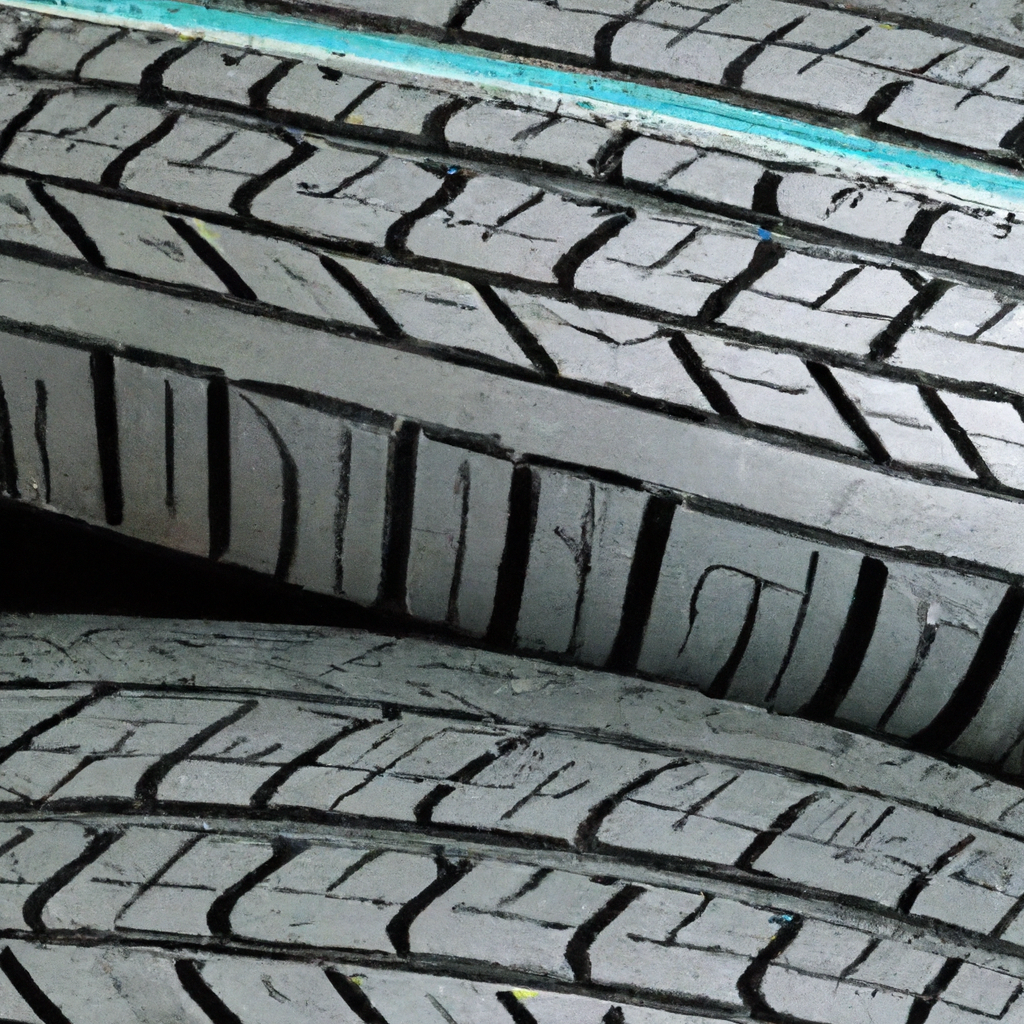You may not always be able to spot the hidden damage on your tires just by giving them a casual glance. That’s why it’s important to know how to inspect your tires thoroughly to ensure their safety and longevity. By following a few simple steps, you can learn how to identify any hidden damage and take appropriate action to address it. So, let’s dive into the world of tire inspection and uncover the secrets behind maintaining your tires in top-notch condition.
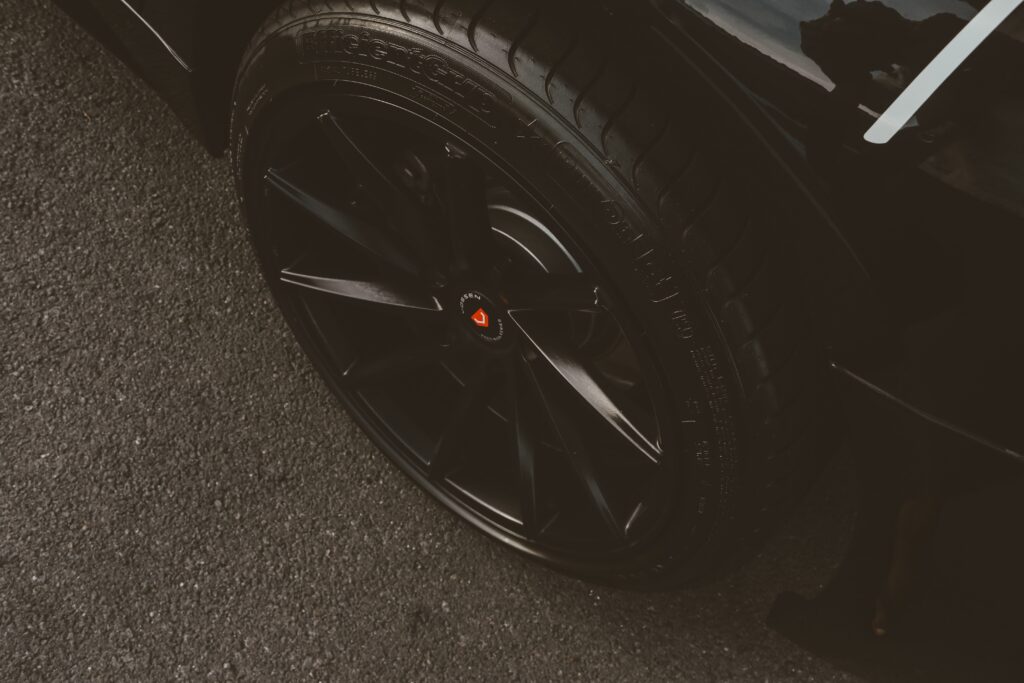
Visual Inspection
When it comes to inspecting your tires for hidden damage, a visual inspection is the first step. Take a close look at various aspects of your tires to ensure they are in good condition and safe to use.
Tread Depth
One important aspect to consider during a visual inspection is the tread depth of your tires. Adequate tread depth is crucial for optimal traction and handling, especially in wet or snowy conditions. An easy way to measure the tread depth is by using a tread depth gauge. Simply insert the gauge into the tread grooves and check if the depth meets the recommended levels.
Irregular Wear Patterns
Inspecting for irregular wear patterns can give you insights into the alignment and suspension issues your vehicle may have. Common irregular wear patterns include camber wear, cupping or scalloping, feathering, or toe wear. If you notice any of these patterns on your tires, it might be an indication of underlying issues that need to be addressed to prevent further damage.
Cracks or Cuts
Checking for cracks or cuts in your tires is crucial to ensure their structural integrity. Sidewall cracks, in particular, can be a cause for concern as they can lead to a blowout. Inspect both the sidewalls and the tread surface for any signs of cracks or cuts. If you notice any, it’s best to have them inspected by a professional and consider replacing the tire if necessary.
Bulges or Blisters
Bulges or blisters on your tires can be a result of internal damage or manufacturing defects. These bulges or blisters weaken the tire’s structure and can lead to sudden tire failure. If you notice any bulges or blisters on your tires, it’s crucial to address the issue promptly by having them inspected or replaced to avoid any potential dangers on the road.
Foreign Objects
While inspecting your tires, it’s essential to check for any foreign objects that may have become lodged in the tread surface. Small rocks, nails, or other debris can penetrate the tire and cause damage, leading to a potential flat tire. Take the time to carefully inspect and remove any foreign objects you find to preserve the integrity of your tires.
Physical Inspection
After completing the visual inspection, the next step is to physically inspect your tires to ensure they are in optimal condition. This type of inspection involves checking various components of the tire, including tire pressure, sidewalls, bead areas, tire beads, rims, and even conducting an internal inspection if necessary.
Tire Pressure
Proper tire pressure is vital for optimal performance, fuel efficiency, and safety. Use a tire pressure gauge to check the pressure levels and ensure they match the recommended levels specified by the vehicle manufacturer. Additionally, look out for any signs of leaks or loss of pressure, as this can indicate potential issues with your tires.
Tire Sidewalls
Inspecting the sidewalls of your tires is crucial, as any damage can compromise the overall structure and safety. Look for any signs of bulges, blisters, or cuts on the sidewalls. These can be a result of impact damage, overloading, or even manufacturing defects. Also, keep an eye out for dry rot, which can occur due to prolonged exposure to heat, sunlight, or aging.
Bead Areas
The bead areas of your tires are where they make contact with the rim to create an airtight seal. Inspect these areas for any signs of damage or debris that may prevent a proper seal. Beads that are not seated properly can create air leaks and affect the overall tire performance.
Tire Beads and Rims
During your physical inspection, take the time to inspect the tire beads and the rims. Look for any signs of damage, such as corrosion or bends, which can affect the tire’s ability to maintain proper inflation and cause vibration or uneven wear.
Internal Inspection
While most tire inspections can be done externally, in some cases, an internal inspection may be necessary. Internal tire damage can be challenging to detect without professional equipment. Seek professional assistance if you suspect any internal damage, as it could significantly impact the tire’s safety and performance.
Tread Depth
Importance of Adequate Tread Depth
Adequate tread depth plays a vital role in maintaining optimal traction and grip on the road. Tread depth allows water to be channeled away from the tire’s contact patch, reducing the risk of hydroplaning. Moreover, proper tread depth enhances overall handling and braking performance, especially in adverse weather conditions.
Using a Tread Depth Gauge
To accurately measure your tire’s tread depth, it’s recommended to use a tread depth gauge. This simple tool allows you to measure the remaining tread in millimeters or inches. Insert the gauge into the tire’s grooves and read the measurement. Compare the obtained measurement with the tire manufacturer’s recommendations to determine if the tread depth is within the acceptable range.
Tread Wear Indicators
Tread wear indicators, also known as wear bars or wear indicators, are small rubber bars located within the grooves of the tire’s tread. These indicators become visible as the tread wears down, serving as a clear indication that it’s time to replace the tire. When the tread wears down to the level of the indicators, it usually means that the tire has reached the minimum legal tread depth limit.
Minimum Legal Tread Depth Requirements
Tire tread depth requirements may vary depending on the country or state you reside in. However, in many regions, the minimum legal tread depth requirement is typically 2/32 of an inch or 1.6 millimeters. It’s important to familiarize yourself with the local regulations to ensure your tires comply with the minimum tread depth standards.
Irregular Wear Patterns
Camber Wear
Camber wear is characterized by tread wear that is more pronounced on one side of the tire than the other. This type of wear pattern is typically caused by an improper camber angle, which refers to the vertical tilt of the wheel. It’s essential to address the underlying suspension or alignment issues causing the camber wear to prevent further damage and premature tire wear.
Cupping or Scalloping
Cupping or scalloping refers to the formation of small, cup-shaped indentations or scallops around the circumference of the tire. It is generally a result of worn-out suspension components or issues with tire balance. Cupping can cause noisy and uncomfortable vibrations, and if left unaddressed, it can lead to further tire damage.
Feathering
Feathering is characterized by tread wear that creates a rounded edge on one side of the tread blocks while producing a sharp edge on the other side. This irregular wear pattern is commonly caused by improper toe alignment, which refers to the angle the tires point inward or outward when viewed from above. It’s important to have the alignment checked and corrected to prevent excessive tire wear and ensure optimal handling.
Toe Wear
Toe wear refers to tread wear that is more pronounced on the inner or outer edge of the tire, resembling a saw-tooth pattern. It’s generally caused by misalignment of the wheels, specifically the toe angle, which refers to how parallel the tires are to each other. Misaligned toe angles can significantly impact tire wear, fuel efficiency, and vehicle handling. Proper alignment is essential to rectify toe wear and extend the lifespan of your tires.
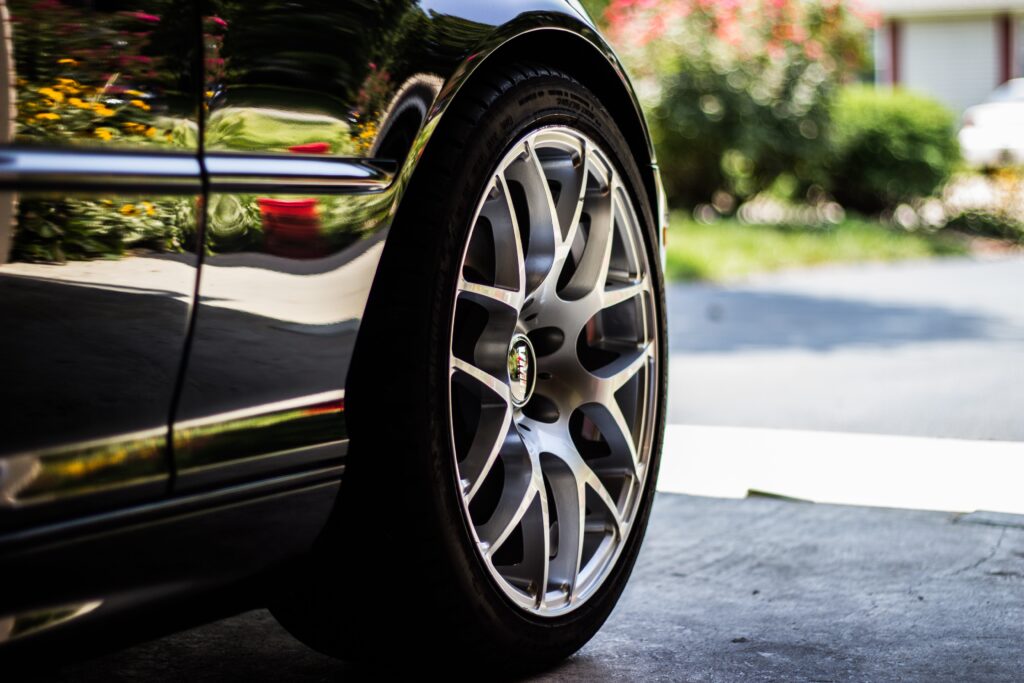
Cracks or Cuts
Sidewall Cracks
Inspecting your tire sidewalls is crucial, as any cracks can compromise the tire’s structural integrity and safety. Sidewall cracks can occur due to various factors, including aging, exposure to extreme temperatures, or impacts with curbs or potholes. If you notice any cracks on the sidewalls, especially deep or extensive ones, it’s recommended to have the tire inspected by a professional and consider replacing it if necessary.
Tread Cracks
While inspecting your tires, pay close attention to the tread surface for any signs of cracks. Tread cracks can indicate underlying issues, such as an aging tire or exposure to extreme heat or sunlight. Small cracks may be less concerning, but larger or deeper ones can lead to tread separation, reducing the tire’s overall performance and safety.
Cuts or Punctures
Cuts or punctures in your tires can occur from sharp objects on the road, such as nails or shards of glass. Inspect the complete tread surface for any visible cuts or punctures. While small punctures can potentially be repaired, larger cuts or sidewall punctures may require tire replacement to ensure your safety on the road.
Bulges or Blisters
Causes of Bulges or Blisters
Bulges or blisters on your tires are typically a sign of internal damage or defects. One of the most common causes is impact damage from striking potholes, curbs, or other road hazards. When the tire’s internal structure is compromised, it can lead to weak points or separations, resulting in bulges or blisters on the tire surface.
Tire Impact Damage
Tire impact damage can occur when the tire hits a severe bump, pothole, or curb with significant force. The impact can cause internal damage to the tire structure, leading to bulges, blisters, or even internal cord damage. It’s important to thoroughly inspect your tires for any signs of impact damage, as it can worsen over time and result in potential tire failure.
Overloading
Overloading your vehicle can put excessive strain on your tires, leading to various issues, including bulges or blisters. The added weight beyond the tire’s load-carrying capacity can cause the internal layers to separate or weaken, resulting in visual abnormalities on the tire’s surface. Always adhere to the vehicle’s recommended load capacity to prevent any damage to your tires.
Manufacturing Defects
While manufacturing defects are relatively rare, they can still occur and result in tire bulges or blisters. These defects can include issues with the tire’s internal construction or materials, leading to weak points or separations. If you notice any abnormal bulges or blisters on a relatively new tire, it’s advisable to contact the manufacturer and have it inspected for any potential defects.
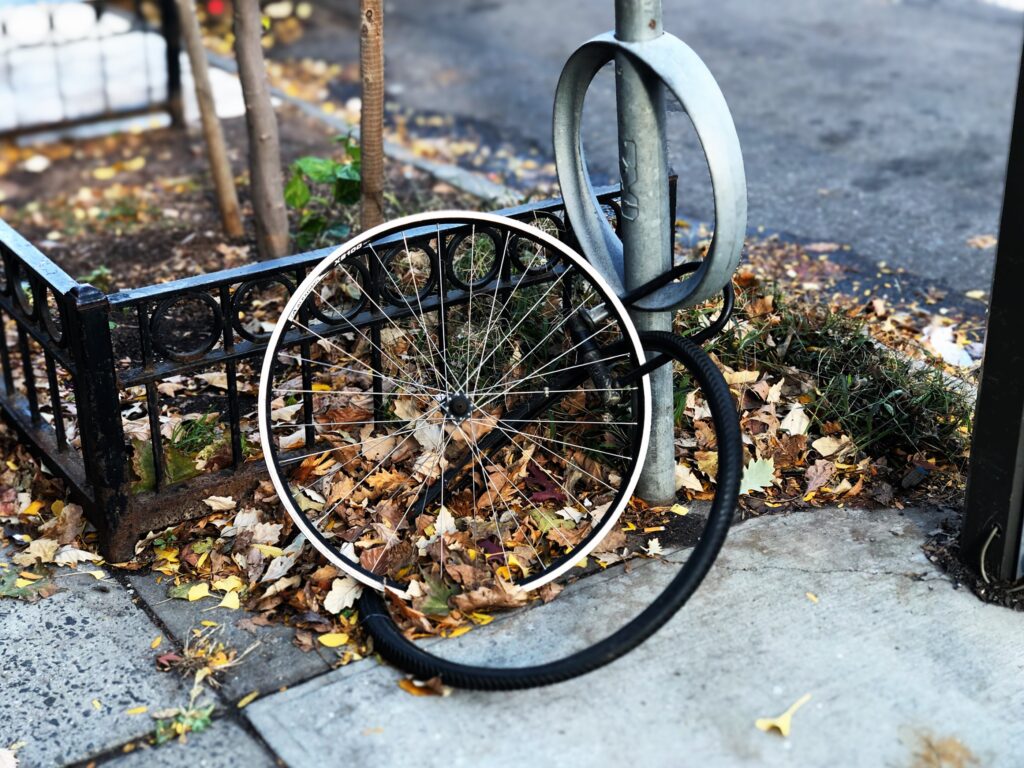
Foreign Objects
Inspecting Tread Surface
During your tire inspection, take the time to carefully inspect the tread surface for any signs of foreign objects. These can include small rocks, nails, screws, or other debris that may have become embedded in the tire. These foreign objects not only pose a safety risk for flat tires but can also further damage the tire as they move within the tread or compromise its structural integrity.
Checking for Embedded Objects
To inspect for embedded objects, run your fingers gently over the tire’s tread, feeling for any abnormalities or objects protruding from the surface. Additionally, visually examine the tread carefully to spot any visible foreign objects that may have lodged themselves between the tread blocks.
Removal of Foreign Objects
If you discover any embedded foreign objects, it’s crucial to remove them promptly. Use caution when removing nails or screws, ensuring not to damage the tire further. If the object has caused a puncture, consult a professional for tire repair or replacement depending on the extent of the damage.
Impact of Foreign Objects on Tire Performance
Foreign objects embedded in your tire can affect its performance and safety. Even small objects can create an imbalance in your tire, causing vibrations or compromising the tire’s ability to maintain proper contact with the road. Moreover, embedded objects can lead to air leaks or even punctures, increasing the risk of a flat tire. Regular inspections and immediate removal of foreign objects can help maintain tire performance and prevent potential hazards on the road.
Tire Pressure
Importance of Proper Tire Pressure
Proper tire pressure is crucial for several reasons, including optimal handling, fuel economy, and tire longevity. Underinflated tires can negatively impact vehicle handling, increase rolling resistance, and decrease fuel efficiency. On the other hand, overinflated tires may compromise traction, lead to uneven wear, and reduce overall comfort. Maintaining the recommended tire pressure ensures optimal performance and extends the lifespan of your tires.
Using a Tire Pressure Gauge
To accurately measure your tire pressure, it’s recommended to use a tire pressure gauge. These gauges come in various types, including digital, analog, or pencil gauges. Simply remove the valve cap from the tire, attach the pressure gauge to the valve stem, and read the displayed or indicated pressure level. Compare the obtained reading with the vehicle manufacturer’s recommended pressure levels.
Recommended Pressure Levels
The recommended tire pressure levels can be found in your vehicle’s owner’s manual or on a placard located on the driver’s side door jamb or fuel filler door. It’s important to follow the recommended pressure levels specified by the manufacturer to ensure optimal performance and safety. Remember to account for any additional load you may be carrying, as this may require adjusting the tire pressure accordingly.
Checking for Leaks or Loss of Pressure
After inflating your tires to the recommended pressure levels, it’s essential to monitor them for leaks or loss of pressure. If you notice a significant drop in pressure over a short period or suspect a leak, it’s crucial to have the tire inspected to identify and rectify any possible issues. Regularly checking for leaks or loss of pressure helps maintain proper tire performance and ensures your safety on the road.
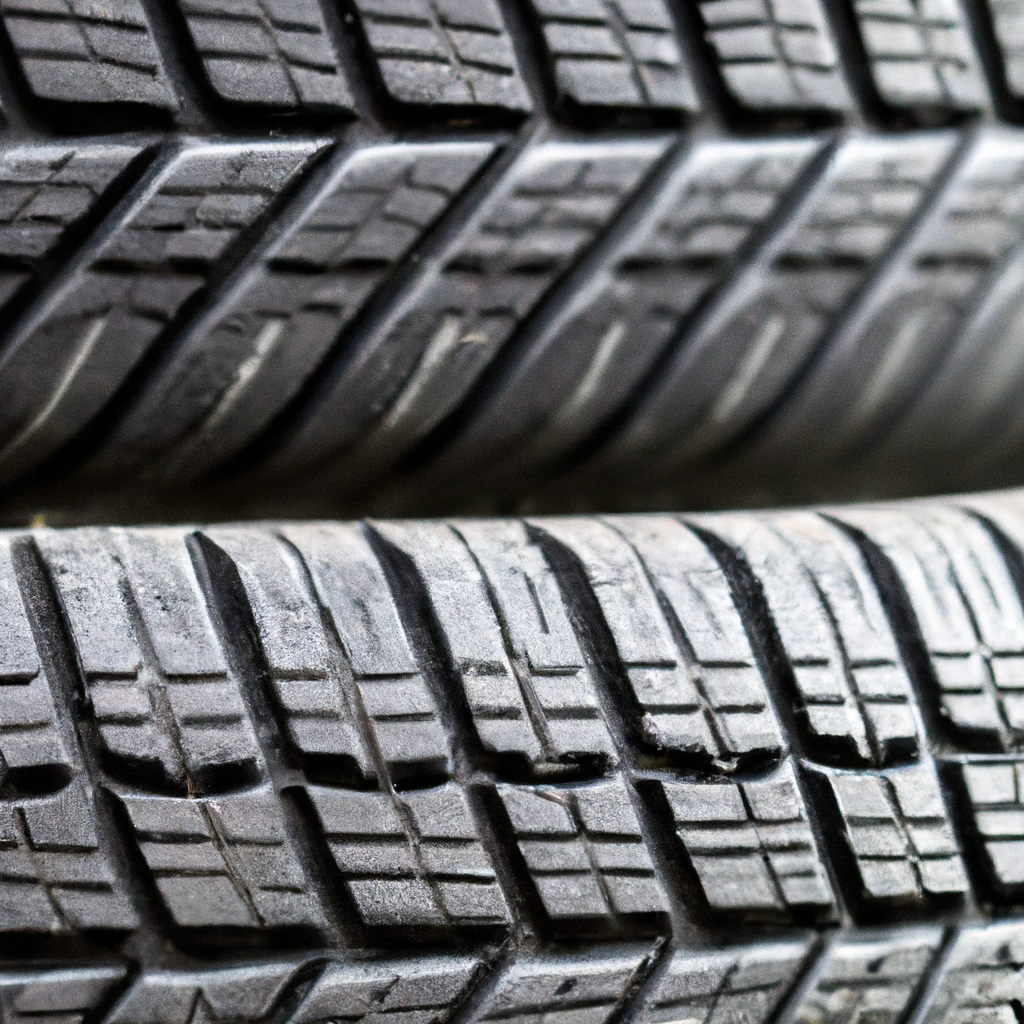
Tire Sidewalls
Inspecting for Sidewall Damage
The sidewalls of your tires are crucial for maintaining their structural integrity and safety. Any damage to the sidewalls can compromise the tire’s ability to perform optimally and may lead to tire failure. During your inspection, thoroughly examine the sidewalls for any signs of bulges, blisters, cuts, or cracks.
Checking for Bulges or Blisters
Bulges or blisters on the sidewalls of your tires are a clear indication of internal damage or weak points in the tire’s construction. Carefully run your hands along the sidewalls, feeling for any abnormalities or areas of weakness. If you detect any bulges or blisters, it’s recommended to have the tire inspected to determine the extent of the damage and decide whether a replacement is necessary.
Signs of Dry Rot
Dry rot refers to the deterioration of the tire’s rubber compound due to aging, exposure to heat, sunlight, or other environmental factors. Signs of dry rot can include visible cracks or fine lines on the sidewalls, as well as a brittle or stiff texture. It’s important to note that dry rot compromises the tire’s structural integrity and can lead to unexpected tire failure, making tire replacement necessary.
Damage from Curbing or Potholes
Curb damage or impacts with potholes can cause significant harm to your tire sidewalls. These incidents can lead to cuts, punctures, or bulges on the sidewalls, jeopardizing the tire’s overall safety and performance. If you hit a curb or pothole with force or notice any visible damage afterward, it’s advisable to have your tires inspected by a professional to determine if they need to be replaced.
Internal Inspection
Professional Tire Inspection
While most tire inspections can be done visually and physically, there are cases where a professional inspection is necessary, particularly an internal inspection. Professionals can utilize specialized equipment to examine the tire’s internal structure and identify any hidden damage or defects. Seeking professional inspection can provide a more comprehensive assessment of your tires and help detect potential issues that may not be visible to the naked eye.
Disadvantages of Internal Tire Damage
Internal tire damage can have significant consequences, even if it’s not immediately visible. Issues such as internal cords damage, belt separation, or delamination can weaken the tire’s structure and compromise its performance. A damaged tire can be more prone to failure, including sudden blowouts or tread separation, leading to hazardous situations on the road. Seeking professional inspection allows for early detection of internal damage and helps ensure your safety.
Techniques for Detecting Internal Damage
Professionals employ various techniques to detect internal damage in tires. These techniques may include advanced imaging technologies such as X-rays or ultrasound, which allow for a detailed inspection of the tire’s internal components. By identifying any internal damage or defects, professionals can recommend appropriate solutions, such as tire repair or replacement, to ensure your safety and prevent potential tire failure.
Reasons for Seeking Professional Inspection
There are several reasons why seeking a professional tire inspection is beneficial, especially if you suspect hidden or internal damage. Professionals have the knowledge, expertise, and equipment necessary to conduct a thorough examination of your tires. They can identify any underlying issues that may affect tire performance and safety, provide accurate recommendations, and perform necessary repairs or replacements. By seeking a professional inspection, you can have peace of mind knowing that your tires are in optimal condition.
